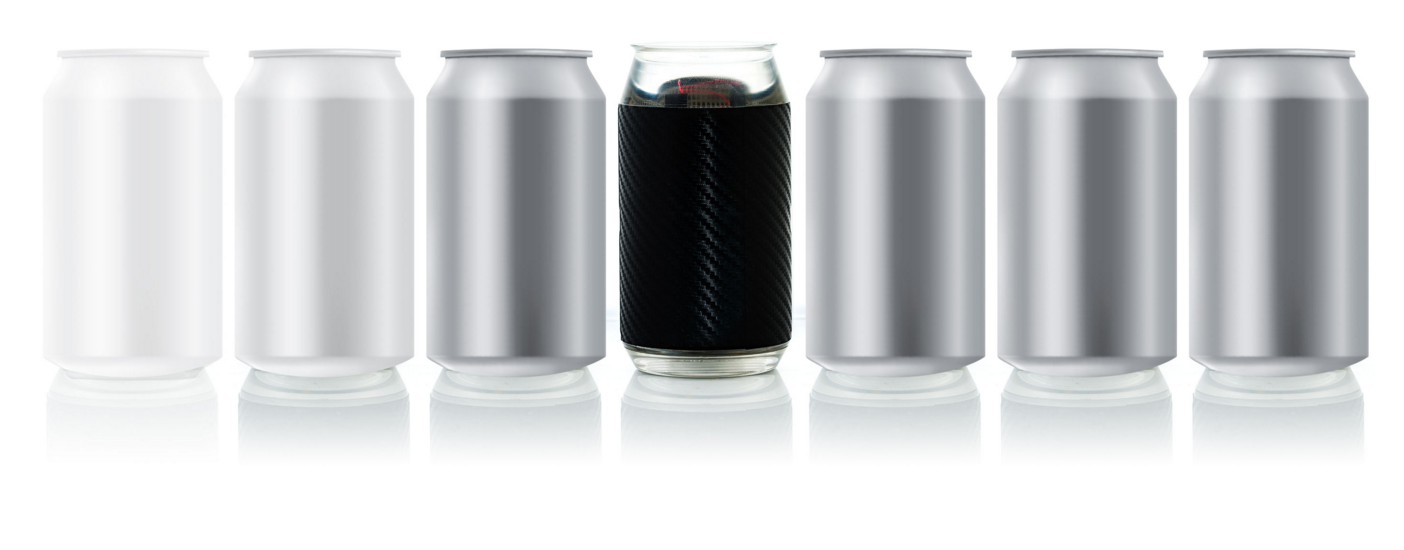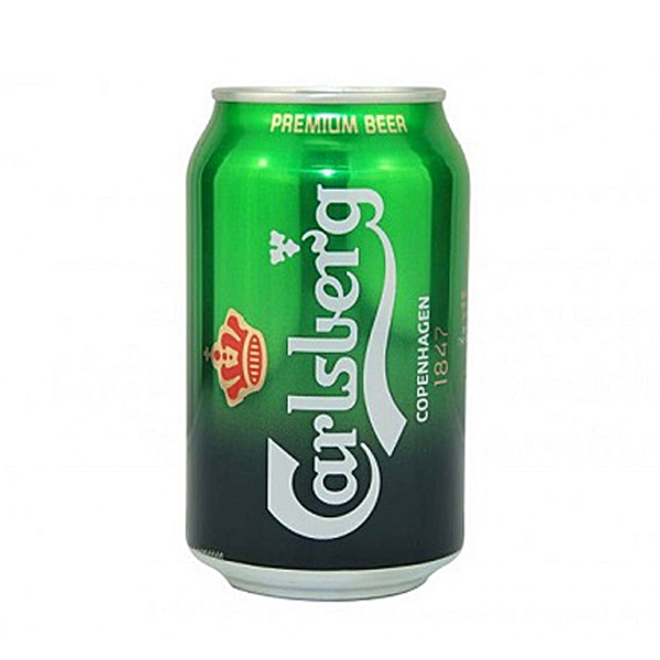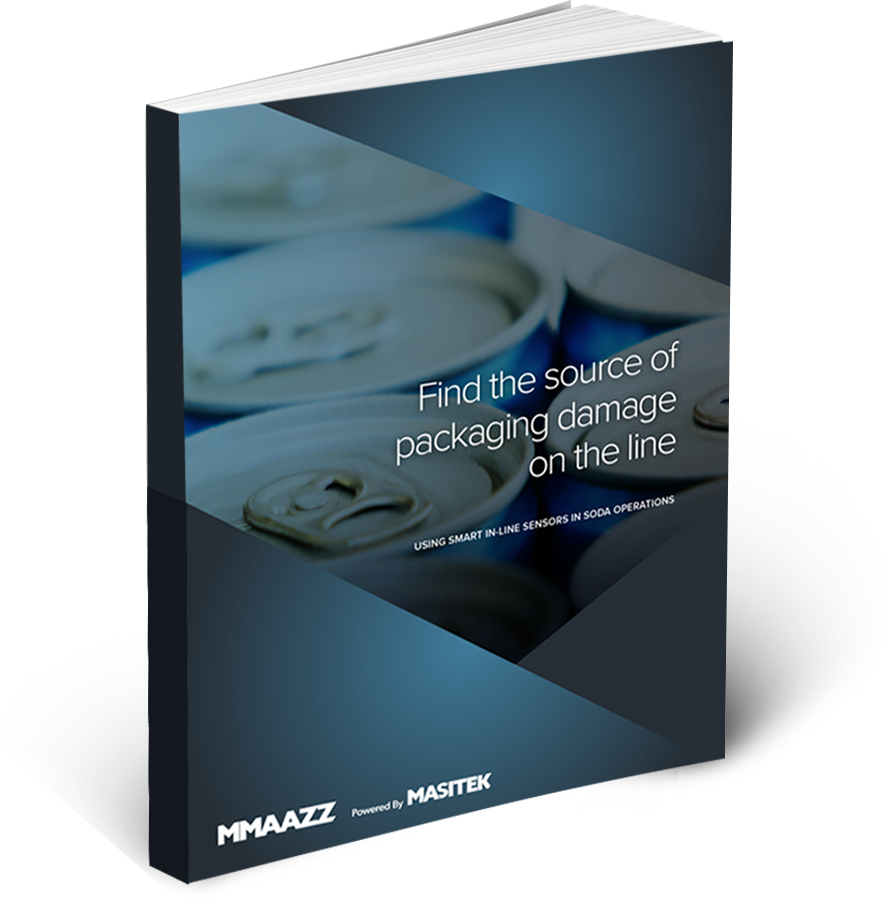Did you know pressure is the primary cause of damage to aluminum and PET containers?
High levels of pressure on conveyors can compact containers, resulting in costly aesthetic damage such as label tearing, scuffing and crush damage.
Pressure, and related mechanical variables such as spin, tilt and friction, cause scuffing and abrasion damage by compacting containers. Damage to the container can range from label tearing and decoration damage, to catastrophic failure.
High pressure doesn’t only affect the container. Sustained pressure increases equipment wear, the frequency of downtime events and maintenance cost on all type of filling lines.
All filling lines will benefit from a reduction in pressure
Pressure occurs throughout the transportations systems of all filling lines and a well-balanced line is needed to optimize the line’s overall performance. Regardless of the container material – glass, aluminum or PET – packaging operations are well served to monitor pressure and correct areas of concern. Common causes of pressure include line design, control strategies and conveyor belt wear. By monitoring pressure within a weekly or bi-weekly maintenance program, operators can take immediate action on areas of pressure that are outside of specification and prioritize future maintenance tasks when trends indicate an escalating issue.
In-Line Sensors for Line Pressure
Case Study
Carlsberg uses smart sensors globally to pinpoint breakage.

Industries
Containers
Find the source
of packaging damage
on the line.





